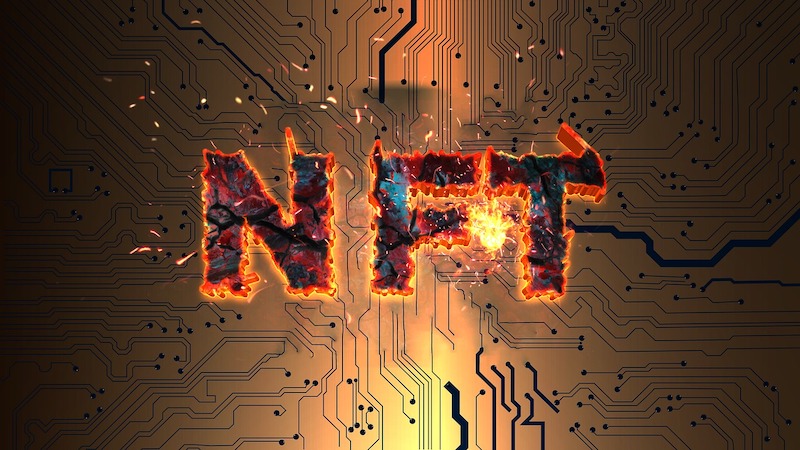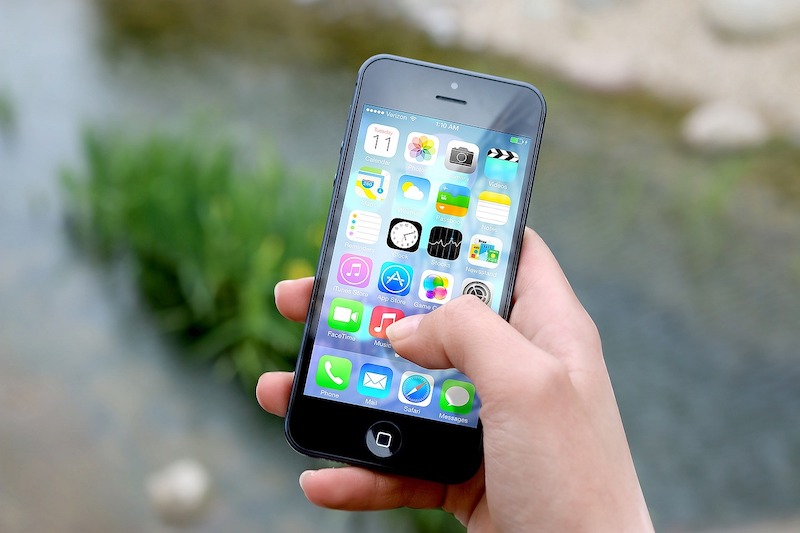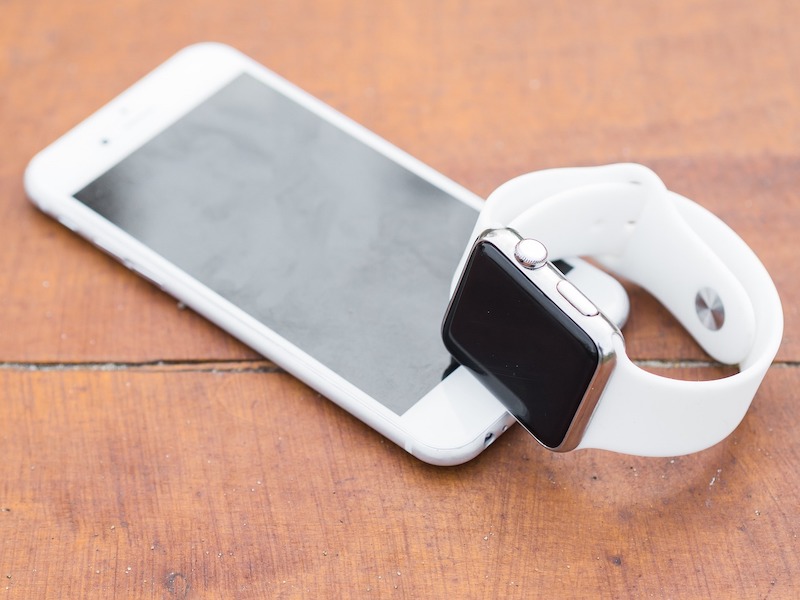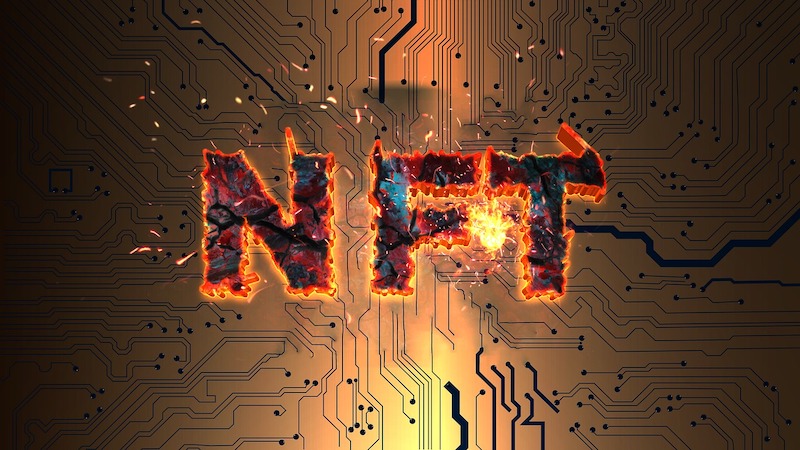Tokenized gadgets, powered by blockchain and cryptocurrency, are rapidly changing how we own and interact with technology. These innovations are enabling verifiable digital ownership, decentralized marketplaces, and new subscription models, ushering in a new era for consumer electronics.
What are Tokenized Gadgets?
Tokenization converts ownership rights into digital assets stored on a blockchain. Applied to consumer gadgets, this means devices can be connected to unique digital tokens representing ownership, usage rights, or access privileges. For example, instead of outright purchasing a smartphone, a user could own a fraction of the device through a blockchain-based token. This concept also extends to software licenses, firmware updates so consumers genuinely own and control their devices in a decentralized way. Key examples of tokenized gadgets include:
- Blockchain-powered gaming consoles that use NFTs for game ownership verification
- Smart home devices that utilize encrypted, secured credentials stored on the blockchain
- Wearables with tokenized ownership models, allowing for resale without intermediaries
How Blockchain and Crypto are Revolutionizing Tech Ownership
- True Ownership and Digital Scarcity
One of the biggest issues with today’s tech ecosystem is consumers don’t always truly own their devices. Companies can impose proprietary restrictions, which limits what users can do with their products. Tokenization addresses this by making it possible to verify ownership through blockchain. For example, a blockchain-linked NFT (non-fungible token) can confirm a user as the rightful owner of a device. This can eliminate grey areas in digital rights and stop companies from revoking access remotely.

- Decentralized Marketplaces for Gadgets
Existing second-hand tech marketplaces rely on centralized platforms where users must trust third parties to conduct transactions. With tokenized gadgets, peer-to-peer purchasing and trading becomes possible on blockchain-based marketplaces without any intermediaries being involved. Smart contracts will automate transactions. When a buyer purchases a tokenized gadget, the transfer of ownership happens instantly on the blockchain, making the process trustless and more secure.
- Subscription-Based Ownership Models
Imagine paying for a laptop, virtual reality headset, or smart TV through a blockchain-powered subscription. Instead of a hefty upfront cost, users could make micro-transactions in crypto to use gadgets for a limited duration. This would enable manufacturers to offer hardware-as-a-service (HaaS), reduce e-waste, and make ownership more sustainable. Furthermore, tokenized gadgets could enforce automatic software upgrades since they’re being built on a blockchain, guaranteeing users always have the latest technology without needing to frequently replace their devices.
- Enhanced Security and Anti-Theft Mechanisms
Tokenized gadgets introduce a new level of security to prevent misuse or theft. Because blockchain technology enables immutable and verifiable ownership, stolen devices can be locked and tracked on a decentralized ledger.

For example, a stolen smartwatch or smartphone could become useless unless the rightful owner transfers the ownership token. This would significantly reduce tech theft and encourage ethical sales of used tech items.
The Role of Cryptocurrency in Tokenized Gadgets
Cryptocurrency fuels tokenized gadgets by enabling seamless transactions, smart contracts, and decentralized finance (DeFi) features. Key applications of crypto in this field include:
- Crypto Payments for Tokenized Gadgets: Purchasers and traders of consumer tech devices can utilize crypto-currencies such as Ethereum, Bitcoin, or stablecoins. The integration of crypto eliminates global transaction barriers and makes cross-border purchases of gadgets more accessible.
- Staking and Renting Gadgets: Users could stake tokens to access high-end devices temporarily, similar to leasing a car. Thus creating possibilities for temporary ownership models without the risk of permanently losing access.
- Tokenized Warranty and Repairs: Instead of the lengthy traditional claims process, consumers can hold blockchain-based warranty tokens that automatically trigger services based on preset criteria. As blockchain adoption grows, major crypto exchanges like Kraken ETH provide users with easy access to Ethereum which is a key of many tokenization projects. With more popularity in crypto-backed transactions, tokenized gadgets will be even more accessible in the coming years.
Challenges and Considerations
While tokenized gadgets offer exciting opportunities, certain challenges must be addressed for widespread adoption:
- Regulatory Hurdles: Blockchain and crypto regulations vary by country, making it challenging to establish standardized ownership models for tokenized gadgets globally. Governments need to develop clear legal frameworks for ownership of digital assets.
- User Education and Adoption: Not all consumers are familiar with blockchain and crypto, which could prevent adoption. Tech companies must create user-friendly interfaces and educational resources to make tokenized ownership models accessible to mainstream users.
- Environmental Concerns: Some blockchain networks can consume large amounts of energy. However, blockchains such as Ethereum 2.0 and Solana are working to reduce their carbon output, which makes tokenized gadgets more environmentally sound.
The Future of Tokenized Gadgets
As blockchain technology continues to evolve, tokenized gadgets promise to reshape how technology will be owned, traded, and interacted with. This shift towards decentralized ownership empowers consumers with:
- More control over their digital assets
- Secure, transparent transactions
- Innovative subscription and leasing models
Major tech brands are already exploring Web3 integrations, and tokenized gadgets will transition into mainstream reality with increased adoption. One of the most exciting aspects of tokenized gadgets is the potential for cross-platform integration.

Blockchain-based tokenization could remove barriers by creating decentralized, universal ownership records. Tokenized devices could interact across various platforms. For example, a tokenized smartwatch could authenticate on all fitness apps without requiring a separate login, or a console can verify ownership across different brands without restrictive DRM policies. This shift could herald a new era of consumer freedom in which users own and have complete control of their devices regardless of manufacturer.
The future of tech ownership is decentralized, secure, and blockchain-powered, whether it’s using NFTs, buying gadgets with crypto, or renting devices using smart contracts.


